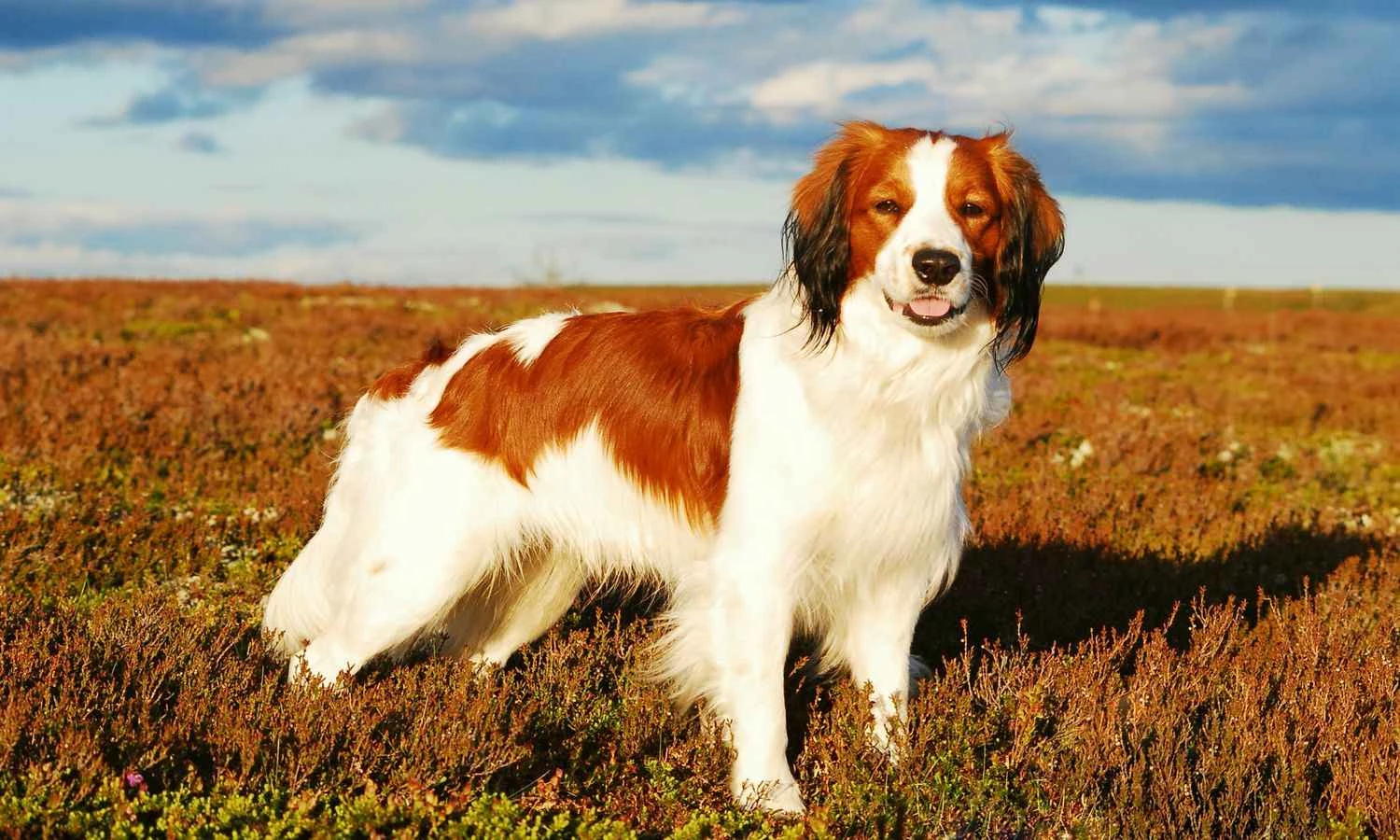On this page
Chapter 1:Daily Life with a Kooikerhondje: What to Expect?
Owning a Kooikerhondje (Kooik) is a uniquely rewarding experience marked by intelligence, agility, and a deep sense of loyalty. These charming Dutch spaniels are celebrated for their striking red and white coats, playful nature, and exceptional versatility, making them excellent family pets and skilled working dogs. However, living with a Kooikerhondje also entails specific responsibilities and challenges that prospective owners must be prepared for. Understanding the daily life of a Kooikerhondje can help you foster a harmonious and fulfilling relationship with your canine companion. This comprehensive guide explores what to expect when living with a Kooik, covering daily routines, training, nutrition, health concerns, and common challenges. Additionally, we will discuss how the dietary needs of a Kooikerhondje evolve as they age, emphasizing the importance of adapting their nutrition to support their active and healthy lifestyle.
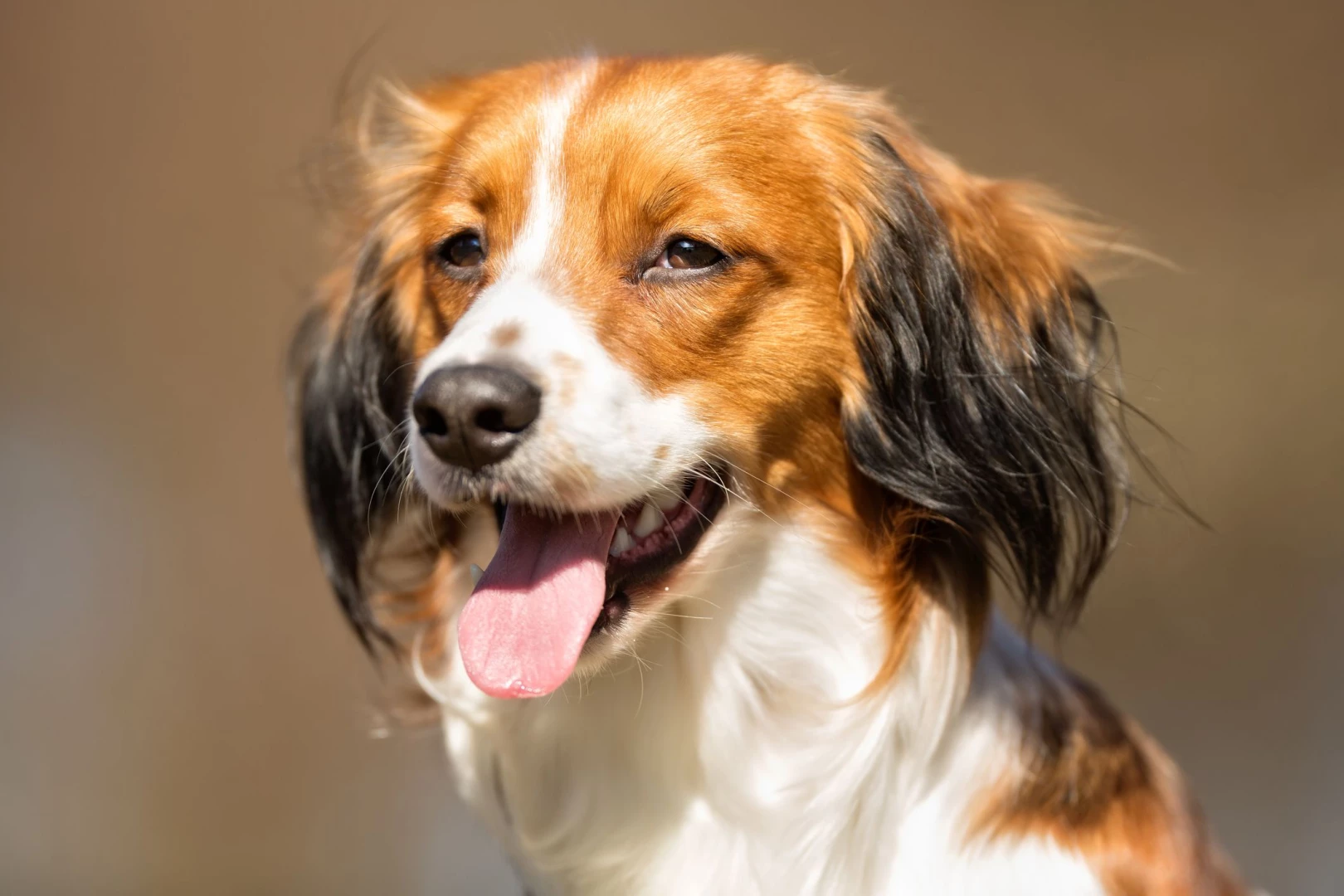
Chapter 2:Morning Routine: Setting the Tone for the Day
Starting the day with your Kooikerhondje sets the foundation for their behavior and energy levels. Mornings typically involve a blend of physical exercise and mental stimulation to ensure your Kooik is energized and ready for the day ahead. According to Dr. Laura Simmons from the American Veterinary Medical Association (AVMA), "A consistent morning routine helps in reducing anxiety and promotes a sense of security in Kooikerhondjes." Unlike the more independent Greyhound, Kooikers thrive on structured activities that engage both their bodies and minds.
☀️ Morning Walk: Essential for physical exercise and exploring their environment.
🍽️ Nutritious Breakfast: A balanced meal tailored to their age and activity level.
🧠 Mental Stimulation: Interactive toys or short training sessions to engage their intelligence.
This structured start not only energizes your Kooikerhondje but also curtails unwanted behaviors later in the day. As the morning progresses, smoothly transitioning into daytime activities ensures your pet remains engaged and happy, setting the stage for a productive and harmonious day.
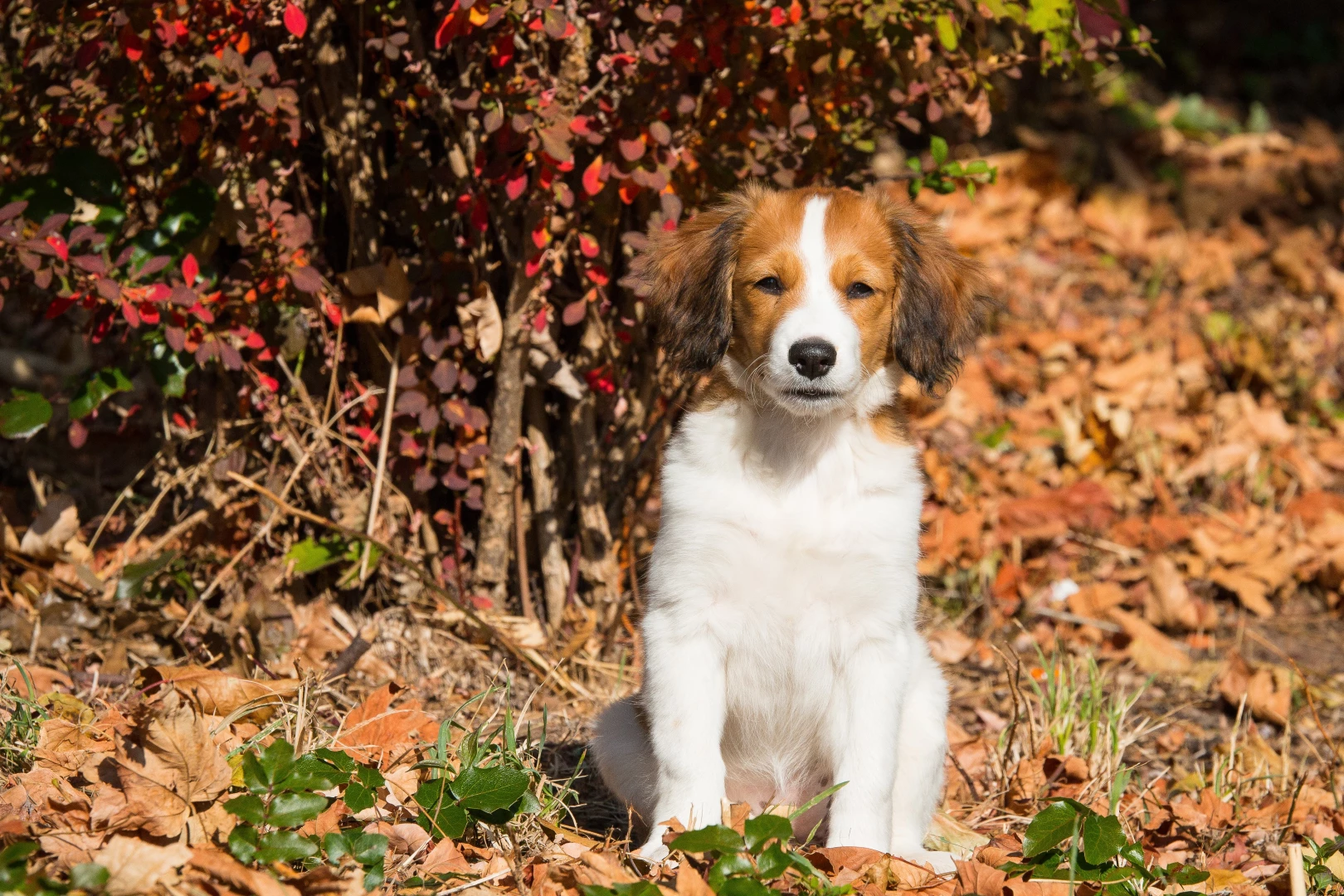
Chapter 3:Daytime Activities: Keeping Your Kooikerhondje Engaged
Kooikerhondjes are highly intelligent and active dogs that require ample mental and physical stimulation throughout the day. Engaging your Kooik in varied activities prevents boredom and destructive behavior. Dr. Mark Thompson from VCA Animal Hospitals emphasizes, "Providing diverse activities for your Kooikerhondje enhances their cognitive functions and overall well-being."
🧩 Puzzle Toys: Encourage problem-solving skills and keep their minds sharp.
🏃♂️ Physical Exercise: Play fetch, agility training, or go for a run to burn off energy.
📚 Continued Training: Reinforce commands and introduce new ones to maintain obedience.
In comparison to the more laid-back Bulldog, Kooikerhondjes demand a higher level of interaction and mental challenges. Keeping them occupied with diverse activities fosters a stronger bond and a well-behaved companion, ensuring your Kooik remains a joyful and integral part of your household.
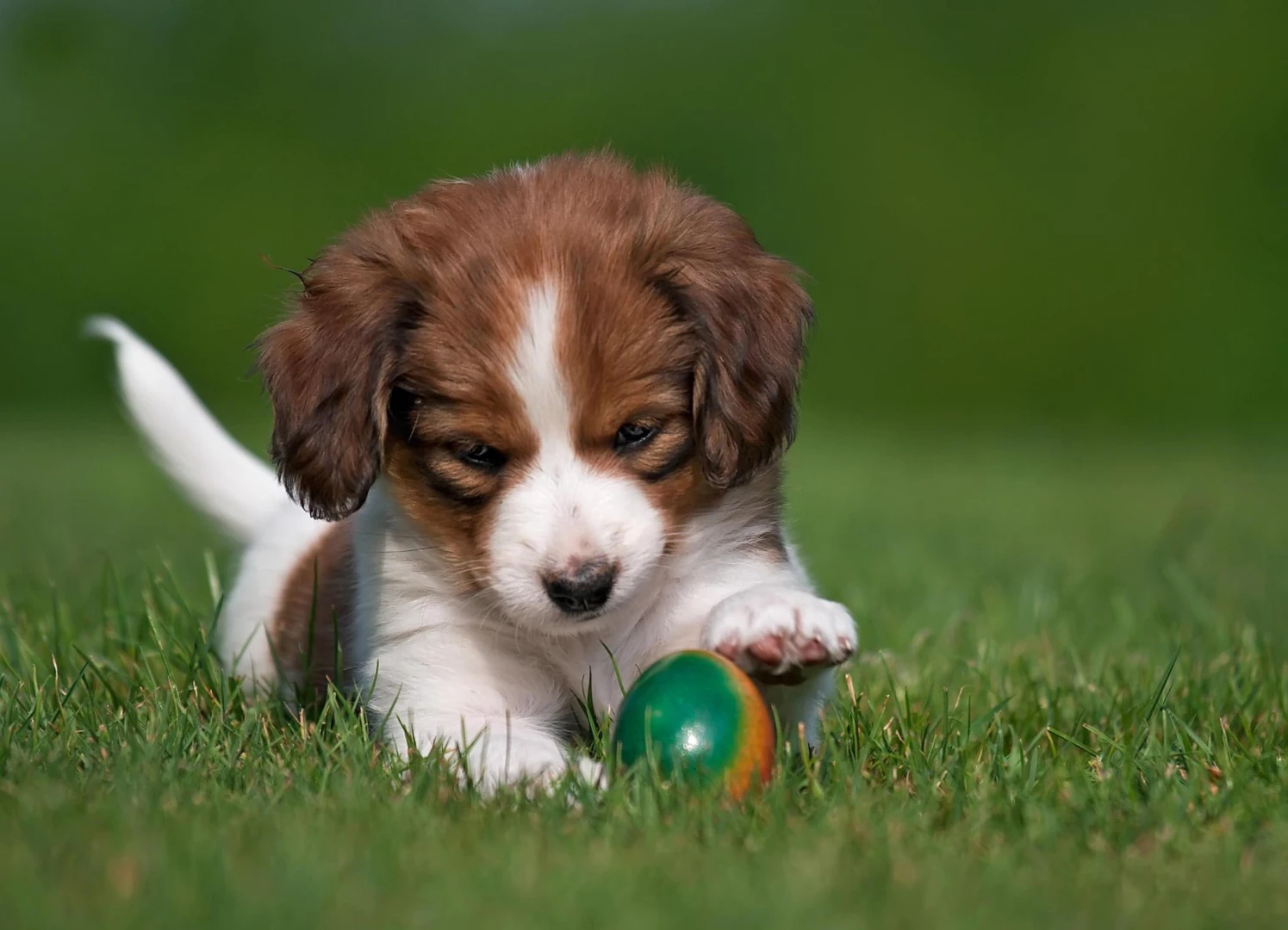
Chapter 4:Training and Behavior Management
Training is a cornerstone of Kooikerhondje ownership. Their eagerness to learn makes them highly trainable, but it requires consistency and patience. "Integrating training sessions into your daily routine not only teaches obedience but also strengthens your relationship with your Kooik," says Dr. Emily Rogers from the American Kennel Club (AKC).
📅 Scheduled Training Sessions: Short and frequent to maintain focus and prevent fatigue.
🎯 Positive Reinforcement: Reward-based training methods to encourage desired behaviors.
📖 Consistent Commands: Use the same cues for commands to avoid confusion and ensure clarity.
In contrast to breeds like the stubborn Shih Tzu, Kooikerhondjes respond exceptionally well to structured training environments. Regular training ensures they remain disciplined and responsive to commands, making daily life smoother and more enjoyable for both you and your dog.
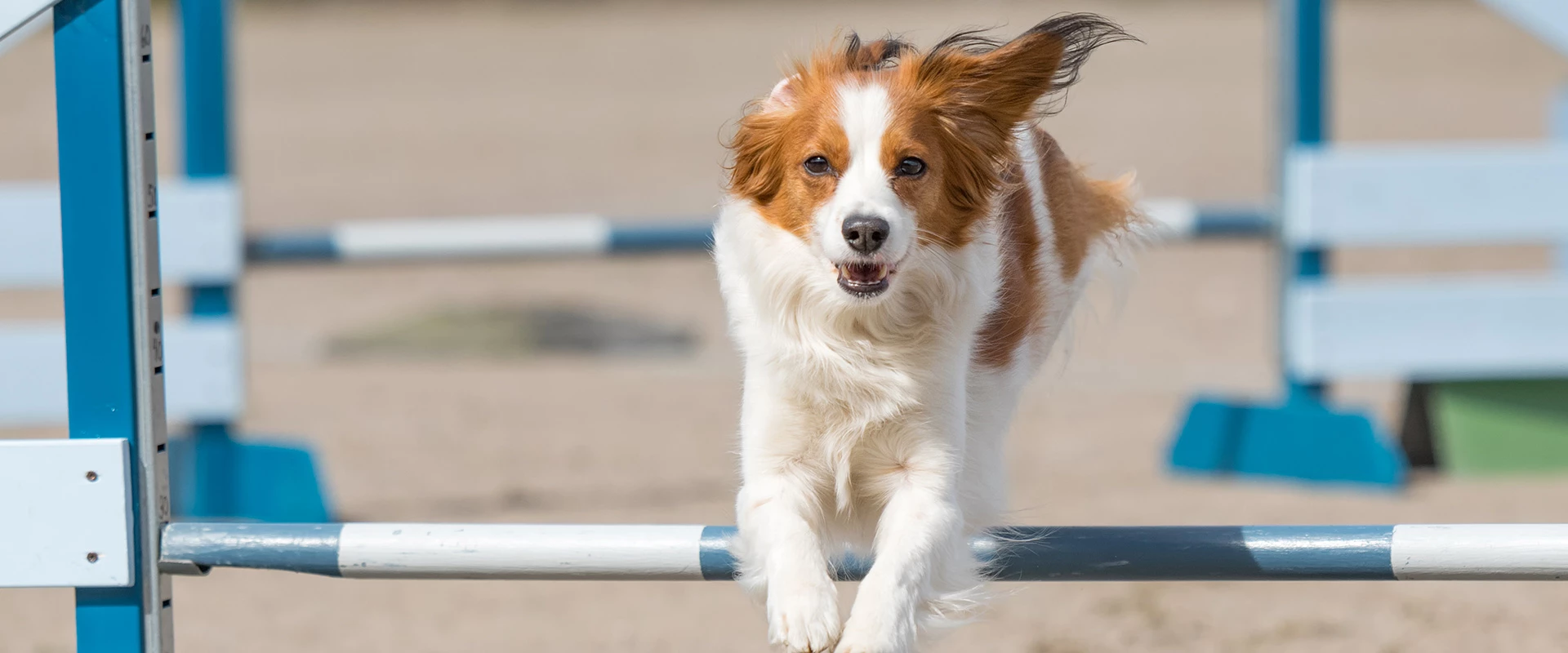
Chapter 5:Dealing with Common Behavioral Issues
Despite their many positive traits, Kooikerhondjes can exhibit behavioral issues if not properly managed. Common challenges include separation anxiety, excessive chewing, and overexcitement. "Addressing these issues promptly with appropriate training techniques is crucial for a harmonious household," advises Dr. Sarah Nguyen from PetMD.
🚫 Separation Anxiety: Implement gradual desensitization techniques to reduce anxiety when alone.
🔇 Curb Excessive Chewing: Provide suitable chew toys and supervise to prevent destructive behavior.
🛠️ Manage Overexcitement: Teach calm behaviors and redirect energy into positive activities.
When compared to the more easygoing Beagle, Kooikerhondjes require a proactive approach to behavior management. Understanding and addressing these issues early can prevent long-term problems and ensure your Kooik remains a well-adjusted member of the family, fostering a peaceful and loving home environment.
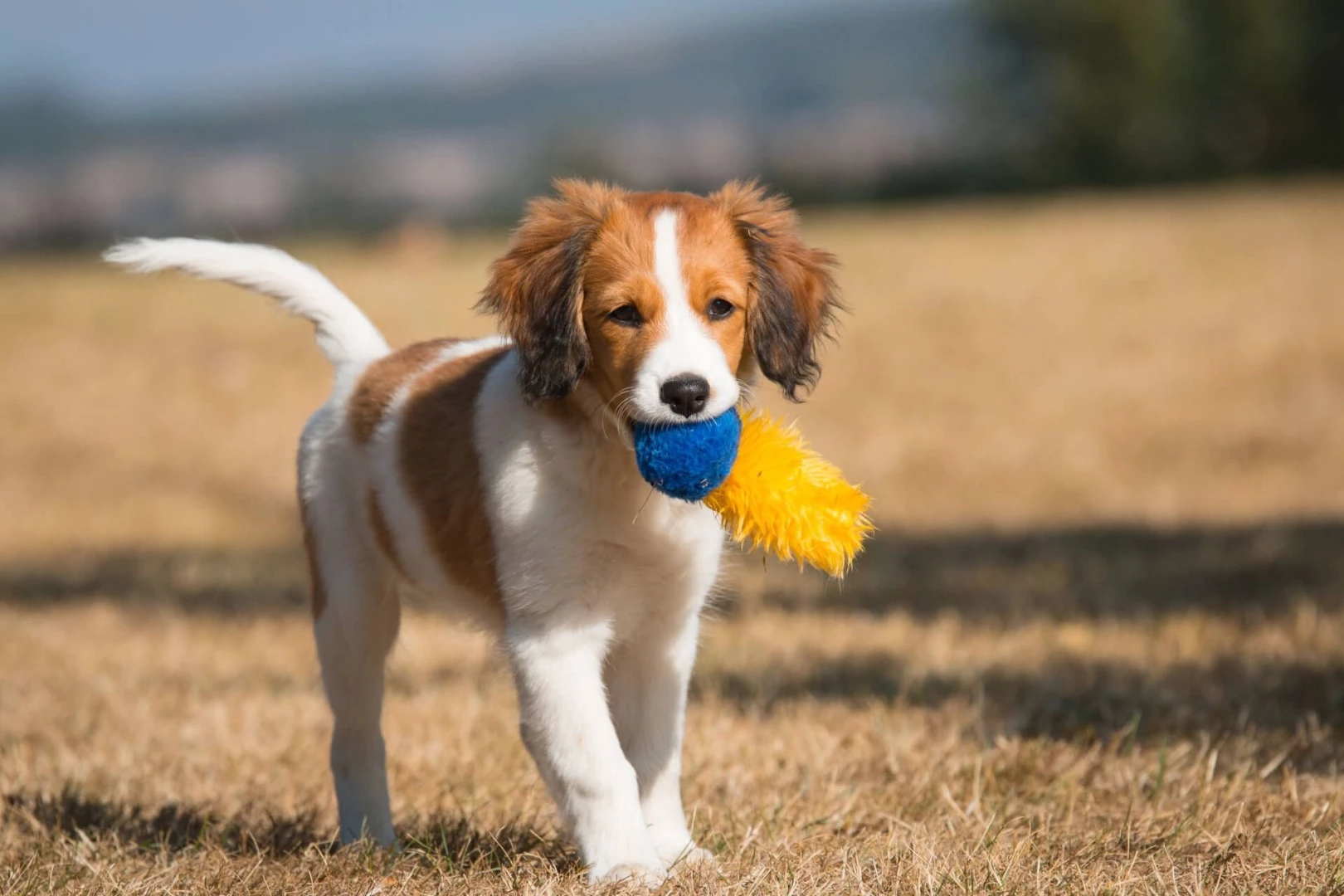
Chapter 6:Feeding and Nutrition Throughout the Day
Proper nutrition is vital for the health and longevity of your Kooikerhondje. Their dietary needs can change as they age, requiring adjustments to meal frequency and food composition. "A balanced diet tailored to your Kooik's life stage supports their overall health and energy levels," states Dr. Karen White from the Veterinary Information Network (VIN).
🐾 Puppies: Require more frequent meals, typically three times a day, to support rapid growth.
🐕 Adults: Usually fed twice daily to maintain energy and prevent overeating.
🧓 Seniors: May benefit from smaller, more frequent meals with adjusted nutrients to support aging joints and metabolism.
In comparison to a Boxer, which has similar energy levels but different nutritional requirements, Kooikerhondjes benefit from diets rich in protein and essential fatty acids to support their muscular build and active lifestyle. Regular consultations with your veterinarian can help tailor the perfect meal schedule for your Kooik, ens
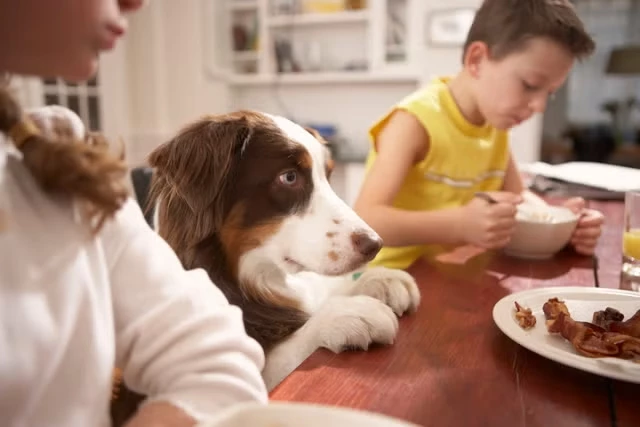
Chapter 7:Hydration Needs: How Much Water Does a Kooikerhondje Need?
Hydration is a critical aspect of your Kooikerhondje's health. Adequate water intake supports digestion, circulation, and temperature regulation. "Kooikerhondjes, due to their high activity levels, require constant access to fresh water to prevent dehydration," explains Dr. Robert King from Pet Health Network.
💧 Daily Water Intake: Approximately 1 gallon per 100 pounds of body weight, adjusted based on activity and climate.
🌡️ Environmental Factors: Increased water needs in hot climates or during vigorous exercise.
🥤 Fresh Water Availability: Ensure water bowls are clean and refilled regularly to encourage drinking.
Compared to the Greyhound, which may have lower hydration needs due to their different activity patterns, Kooikerhondjes necessitate vigilant monitoring of their water consumption. Proper hydration is essential for maintaining their physical and mental health, especially in active households where your Kooik engages in various physical activities throughout the day.
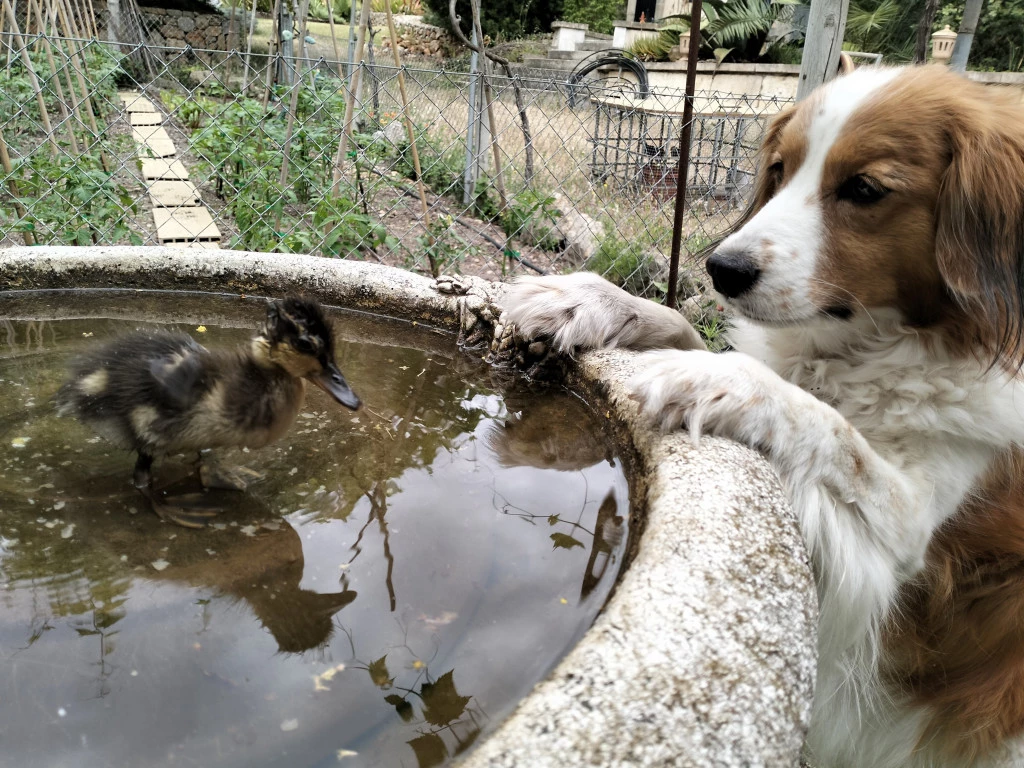
Chapter 8:Evening Routine: Winding Down with Your Kooikerhondje
Evenings are an ideal time to relax and strengthen the bond with your Kooikerhondje. Engaging in calming activities helps your Kooik wind down after a day of activity. "Quality bonding time in the evening fosters trust and deepens the emotional connection between you and your Kooik," notes Dr. Angela Brooks from the American Animal Hospital Association (AAHA).
🛋️ Quiet Time: Cuddle or gentle petting sessions to provide comfort and security.
📺 Calm Activities: Watching TV or listening to soothing music together to promote relaxation.
🧩 Interactive Play: Gentle games that promote mental relaxation without overstimulation.
Unlike the energetic Border Collie, which may require more intense evening activities, Kooikerhondjes benefit from a balanced approach that combines relaxation with light mental stimulation. This routine helps them transition smoothly from the day's activities to a restful night, ensuring they are calm and ready for sleep, contributing to their overall well-being.
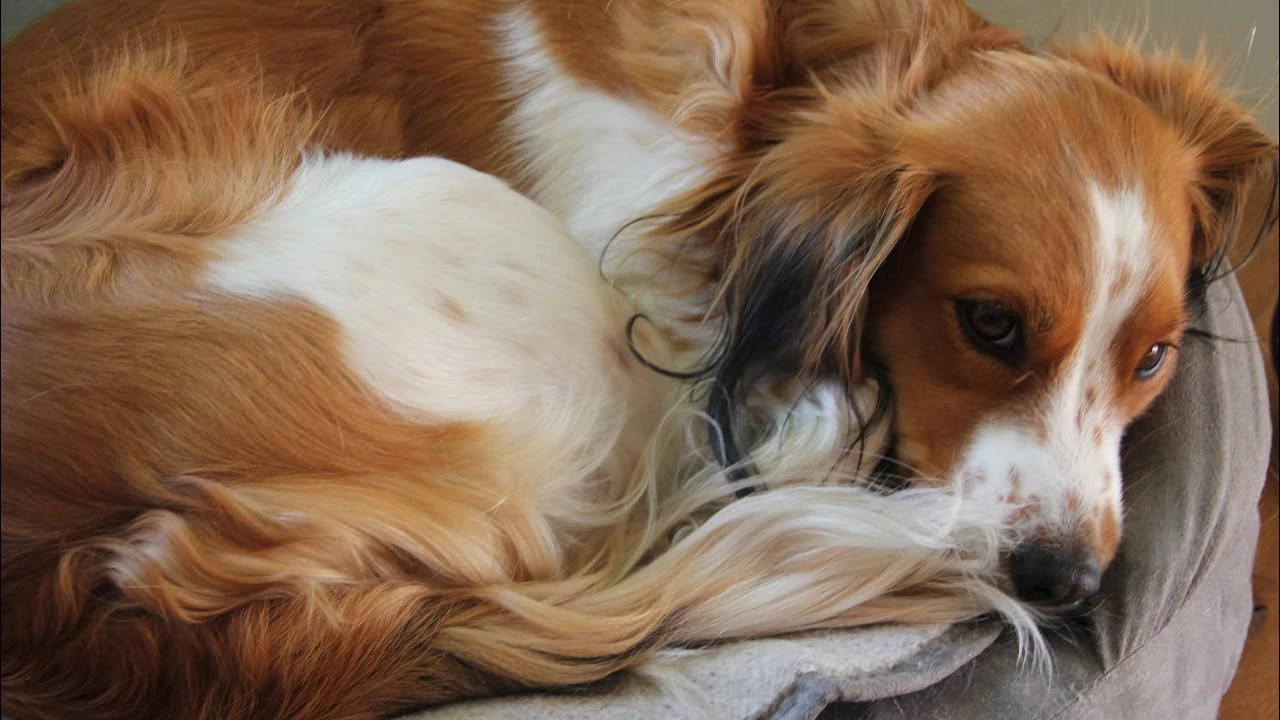
Chapter 9:Preparing for Bedtime
A consistent bedtime routine ensures your Kooikerhondje feels secure and ready for sleep. Establishing a predictable end to the day can prevent anxiety and promote better sleep habits. "Creating a calming bedtime environment is crucial for your Kooik's overall well-being," advises Dr. Lisa Green from The Merck Veterinary Manual.
🌙 Set a Regular Bedtime: Consistency helps regulate their internal clock and promotes restful sleep.
🚪 Final Bathroom Break: Ensure they have ample opportunity to relieve themselves before bed.
🛏️ Comfortable Sleeping Area: Provide a designated, cozy space for rest, free from distractions.
In comparison to the more independent Dachshund, which may self-regulate its bedtime routine, Kooikerhondjes thrive on structure and predictability. A well-established bedtime routine contributes to their mental and physical health, ensuring they wake up refreshed and ready for a new day, maintaining their active and lively demeanor.
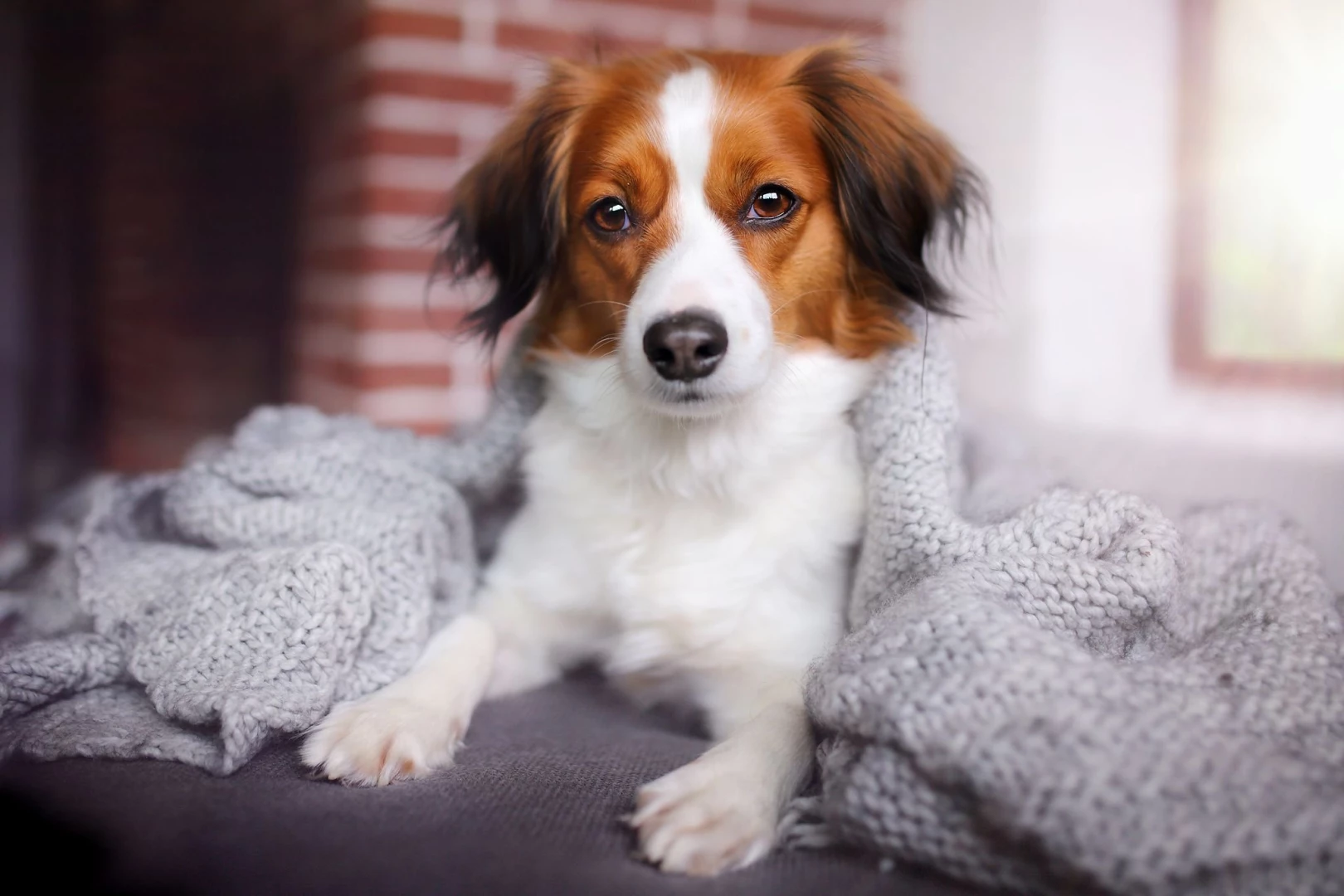
Chapter 10:Common Challenges in Daily Life with a Kooikerhondje
Kooikerhondjes are known for their beautiful, long, and silky coats that require regular grooming to maintain skin health and manage shedding. "Frequent brushing helps reduce shedding and keeps your Kooik's coat healthy," states Dr. Henry Adams from the American Society for the Prevention of Cruelty to Animals (ASPCA).
🧼 Regular Brushing: At least twice a week to remove loose hairs and prevent matting.
💇 Professional Grooming: Occasional visits to the groomer for thorough maintenance and nail trimming.
🛁 Bathing Routine: Bathing every 4-6 weeks to keep the coat clean and free from parasites.
Compared to the low-shedding Poodle, Kooikerhondjes require more intensive grooming efforts. Proper maintenance not only keeps your home cleaner but also ensures your Kooik's coat remains healthy and free from parasites, preventing potential skin issues and maintaining their stunning appearance.
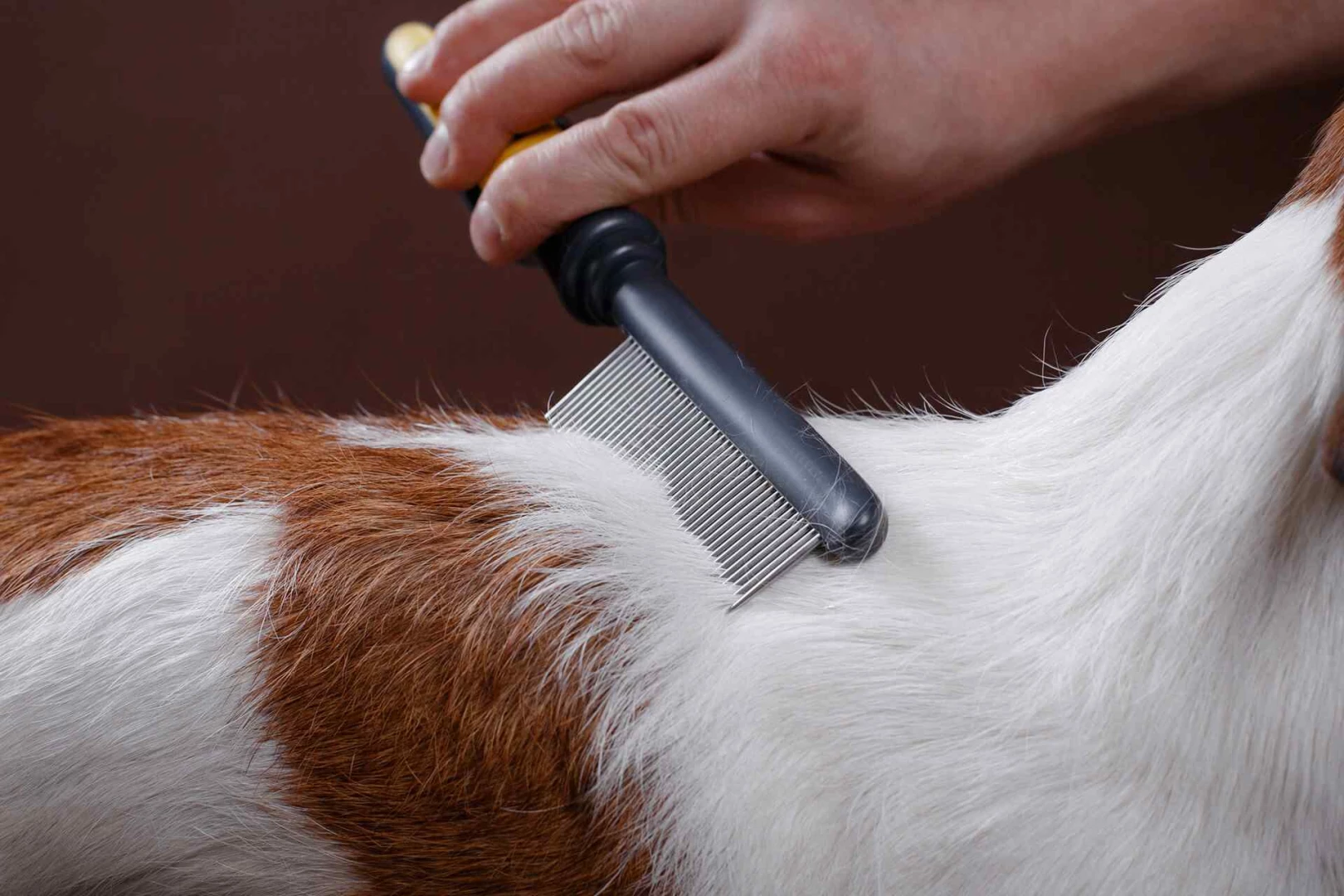
Chapter 11:Addressing Health Concerns
Kooikerhondjes are generally healthy dogs but are prone to specific health issues, including hip dysplasia, progressive retinal atrophy, and certain types of cancer. "Regular veterinary check-ups and proactive health management are vital to mitigate common ailments in Kooiks," advises Dr. Samantha Reed from VCA Animal Hospitals.
🩺 Routine Vet Visits: At least twice a year for health screenings and early detection of potential issues.
📊 Monitoring Weight: Prevent obesity to reduce joint stress and associated health problems.
💉 Vaccinations and Preventatives: Stay up-to-date with necessary treatments to protect against diseases and parasites.
In contrast to the generally robust Labrador Retriever, Kooikerhondjes require diligent attention to their health due to their predisposition to certain genetic conditions. Early detection and management can significantly improve their quality of life and longevity, ensuring your Kooik remains a healthy and active member of your family, ready to engage in all the activities you love.
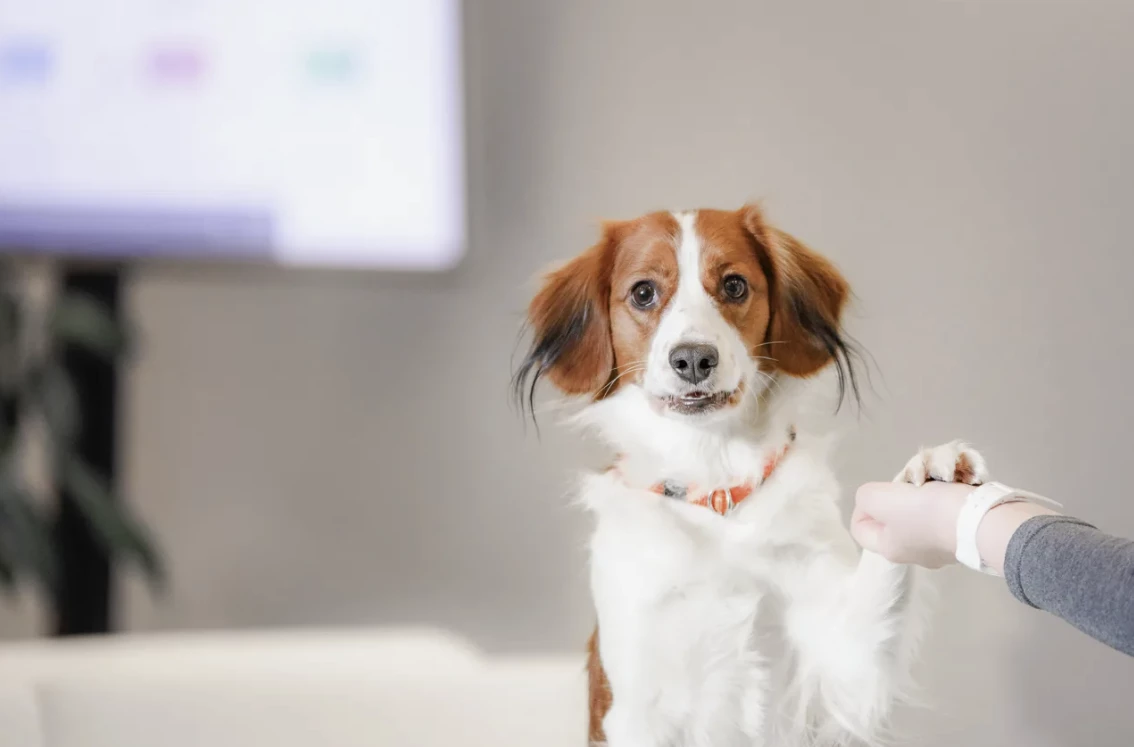
Chapter 12:Conclusion
Daily life with a Kooikerhondje is a blend of structured routines, consistent training, and attentive care. Their intelligence and loyalty make them exceptional companions, but they also demand a higher level of commitment in terms of training, nutrition, and health management. By understanding and anticipating the needs of your Kooik, you can ensure a fulfilling and harmonious relationship. Whether you're navigating their dietary changes, managing grooming routines, or addressing behavioral challenges, informed and proactive ownership is key.
Ready to embark on this rewarding journey? Start preparing today to provide your Kooikerhondje with the best possible life.
External Resources
1 . American Veterinary Medical Association (AVMA)
4. PetMD
5. American Animal Hospital Association (AAHA)
6. The Merck Veterinary Manual
7. ASPCA
8. The Veterinary Information Network (VIN)
Recommendations from Veterinarians
"A consistent morning routine helps in reducing anxiety and promotes a sense of security in Kooikerhondjes." — Dr. Laura Simmons, AVMA
"Providing diverse activities for your Kooikerhondje enhances their cognitive functions and overall well-being." — Dr. Mark Thompson, VCA Animal Hospitals
"Integrating training sessions into your daily routine not only teaches obedience but also strengthens your relationship with your Kooik." — Dr. Emily Rogers, AKC
"Addressing these issues promptly with appropriate training techniques is crucial for a harmonious household." — Dr. Sarah Nguyen, PetMD
"A balanced diet tailored to your Kooik's life stage supports their overall health and energy levels." — Dr. Karen White, VIN
"Kooikerhondjes, due to their high activity levels, require constant access to fresh water to prevent dehydration." — Dr. Robert King, Pet Health Network
"Quality bonding time in the evening fosters trust and deepens the emotional connection between you and your Kooik." — Dr. Angela Brooks, AAHA
"Creating a calming bedtime environment is crucial for your Kooik's overall well-being." — Dr. Lisa Green, Merck Veterinary Manual
"Frequent brushing helps reduce shedding and keeps your Kooik's coat healthy." — Dr. Henry Adams, ASPCA
"Regular veterinary check-ups and proactive health management are vital to mitigate common ailments in Kooiks." — Dr. Samantha Reed, VCA Animal Hospitals

